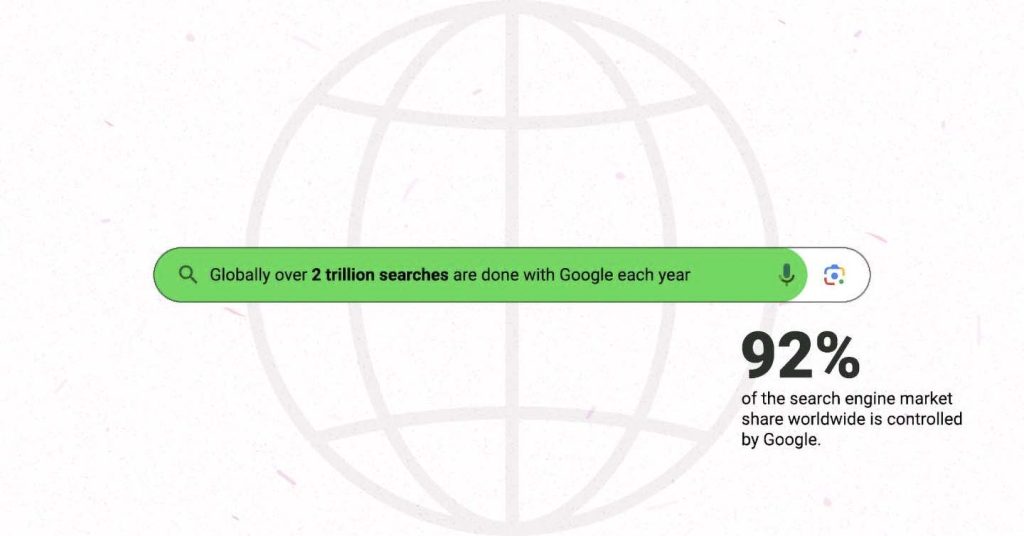MANILA, PHILIPPINES — In this article, Truelogic Client Service Director Ibarra Villaseran reflects on the transformative decade in the “Pay TV” industry, emphasizing the impact of “cord-cutting” as consumers shift from traditional cable to digital platforms. With the emergence of smartphones as a catalyst, learn how telcos are now prompted to acquire content.
Over the past decade, the “Pay TV” industry has undergone significant disruption, constantly evolving to adapt to changing consumer behaviors. I’m quite fortunate to have been a part of this dynamic industry wherein I interacted with carriers, telcos, and software developers across the globe.
One of the key trends that the industry had to contend with is “cord-cutting,” where consumers transition from traditional linear feeds, such as cable, to digital platforms like Netflix. There are many other classifications, like satellite, OTT (over the top), linear OTT, TVOD, SVOD, etc. But the main current is that there is a change in the perception of value — from providing hundreds of channels (more is better) to the age of customized bundles (a collection of premium channels and content that is “actually consumed.”)
As disruption gained momentum, a significant catalyst emerged — the smartphone. The revenue model transitioned from traditional calls and SMS to data, prompting telcos to venture into content acquisition for increased consumption opportunities. The gradual decline in cable subscriptions paralleled the rise in digital consumption, underscoring the transformative role of smartphones in reshaping content delivery.
Today, the mobile phone dominates our lives, driving a surge in the usage of various digital content, including social media apps, games, and music. It is the expansive internet made available, wherever you go. An explosion in usage therefore comes as no surprise. In the Philippines, for example, internet usage across all devices is pegged at 9 hours and 14 minutes per day in 2023, as reported by Meltwater.
Recognizing the global trend towards mobile-centric behavior, Google made a strategic move in 2018 by implementing Mobile First Indexing. In what was initially the province of desktop and laptop computers, they noticed that most of their traffic (aka searches) was now coming from mobile devices. The smartphone has evolved to become the screen of choice. Therefore, they needed to prioritize serving search results best suited to a mobile environment.

According to HubSpot, Google controls 92% of the search engine market share worldwide. Though numbers specific to the Philippines are hard to come by, globally, over two trillion searches are done with Google each year. That is a boatload of traffic!
Remember, people go to Google, a search engine, because they have a specific query. There is intent. And because this happens within a mobile environment, it is quite likely that they will be multitasking: searching while in the middle of a commute, attending a meeting, or even chatting with friends (see Micro-moments). Given this limited attention span, getting in front of these potential customers while there is intent becomes crucial.
These are people who are already in the market right now. They are searching! Choosing not to do SEO in today’s mobile-first environment will only leave money on the table for competitors to easily snap up.
ABOUT THE AUTHOR

Ibarra Villaseran
Truelogic Client Service Director
Ibarra Villaseran has been at the helm of Truelogic since 2018 and has overseen the digital agency’s exponential growth. With over two decades in Marketing Communications, his favorite roles remain to be: husband, father, and friend.








